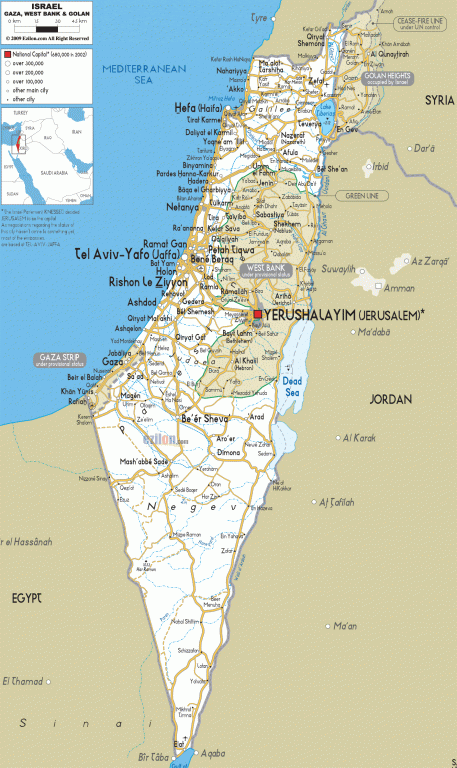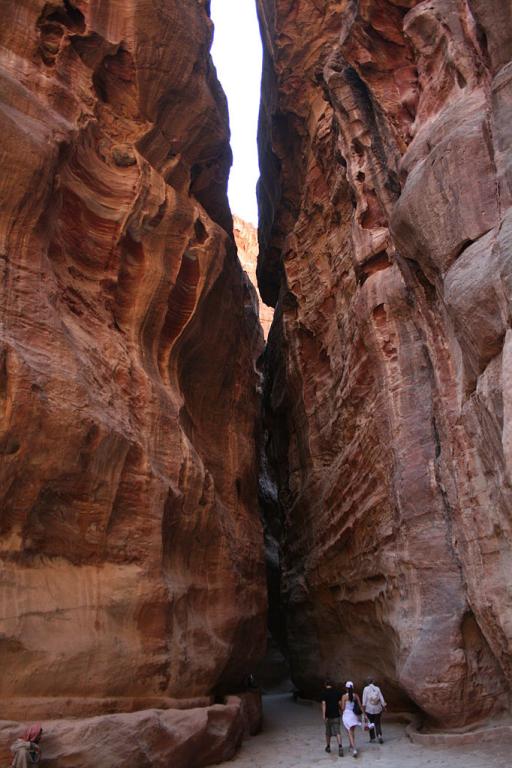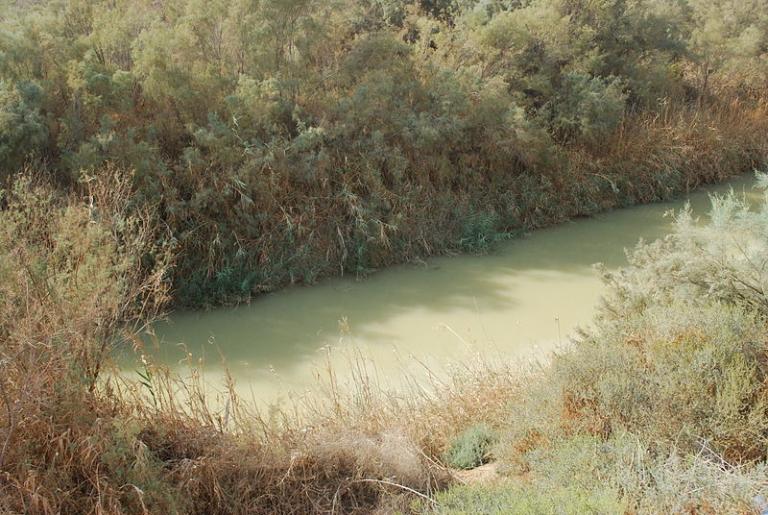
Along with many others, including those in the group we were leading, my wife and I experienced unaccustomed heavy rains and resultant flash flooding during recent visits in southern Jordan and southern Israel.
First of all, they hit us in Petra, where I’ve never before seen or even imagined rain at all. The water came down in buckets, and then, in some places, as large and painful hail. The siq — the famous slot canyon, much like those in and around Zion National Park in Utah, that leads into the glorious Nabataean ruins at Petra — was running a solid and significant stream, and many of the tourists caught in the area were drenched and required emergency evacuation.

The next day, leaving Petra for the Israeli/Jordanian border, we intended to drive from Aqaba/Eilat up along the western shore of the Dead Sea, visiting Masada and Qumran along the way to Jericho. Even without stops, it should only have taken a few hours. As it was, though, the roads were closed and we were obliged to take a completely different way, westward and upward to Beersheba, northward to Jerusalem, and then back down from Jerusalem to Jericho, foregoing any and all sightseeing. And even that trip took us from very early in the morning until around ten o’clock at night simply to arrive at our hotel.
This was partly because we were stuck in absolutely stationary traffic. All around us, right beside the road, Israeli military helicopters were lowering elite soldiers on lines and pulling victims of the flooding out of the wadis. On the right side of the highway — we were stopped on a bridge, so we got out and watched — emergency personnel were in the water fishing out backpacks and other personal possessions and watching for bodies.
In that very area, nine girls and a boy lost their lives:
“Israel Remembers 10 Teens Lost in Flash Flood Disaster”
Particularly for such a small country, the loss of these young and promising people was extraordinarily painful. An eleventh victim, a truck driver, was only found about a week later, and I’m told but was unable to confirm that an Arab woman and a Bedouin boy were also killed, separately, in the storm.
I found myself thinking of the river of filthy water that Lehi and Nephi saw in their visions in the Book of Mormon, which they experienced during their sojourn in the Arabian Desert. Here, for example, is a passage from 1 Nephi 15:
26 And they said unto me: What meaneth the river of water which our father saw?
27 And I said unto them that the water which my father saw was filthiness; and so much was his mind swallowed up in other things that he beheld not the filthiness of the water.
28 And I said unto them that it was an awful gulf, which separated the wicked from the tree of life, and also from the saints of God.
29 And I said unto them that it was a representation of that awful hell, which the angel said unto me was prepared for the wicked.
Now, rivers in such desert areas as the Negev and the Judean wilderness — to the limited and ephemeral extent that they exist at all — are always going to be relatively “filthy” or dirty by the standards of people accustomed to pure, crystalline mountain brooks in, say, the Rocky Mountains. It’s the nature of the landscape through which they run. Consider, for example, the typical appearance of the Jordan River:

But, to Nephi, the river of his vision was especially filthy. And clearly very threatening.
A Palestinian Arab guide whom I know sent me a short but dramatic video, showing the experience of another group of hikers in the area on that same day — not, though, the ones directly adjacent to us, who suffered the fatalities — with the sudden and lethal power of a flash flood in the desert. They’re already worried by the appearance of running water in the wadi. But then . . .
Could this be the kind of river of filthy water to which Nephi alludes?












